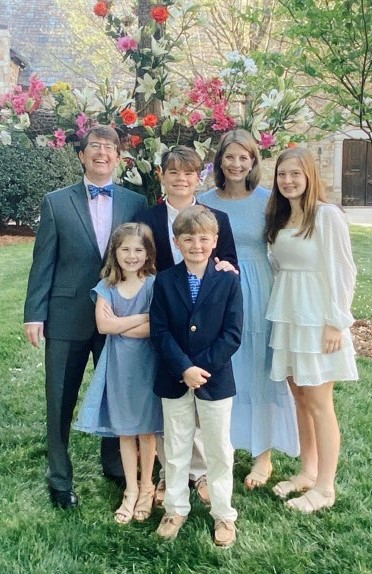Motor vehicle crashes—which includes car, motorcycle, and tractor-trailer accidents—are a major cause of brain injuries in the United States. According to a 2019 Center for Disease Control study, crashes were the second leading cause of brain injury-related hospitalizations based on 2014 data. Wrecks accounted for 20% of these hospitalizations, totaling about 57,600 admissions in 2014 alone.
Often, the first question for a victim’s family is, “How could this happen?” Science tells us. One of the finest summaries I have found on the subject is at Brainline.org, a brain injury resource created by WETA-TB, a PBS station in Washington, DC. Based on that, here are the basics of what happens to the brain in a car crash.
If you've got questions about a South Carolina car or motorcycle accident case with a brain injury, call our Spartanburg accident injury lawyers toll free at 888-230-1841 or fill out a Get Help Now form to get your questions answered for free.
Traumatic Brain Injury (TBI) Briefly Defined
Traumatic brain injury (TBI) is, simply put, brain damage. Doctors define TBIs according to the location and extent of the damage.
A car accident can cause damage to specific brain areas. This is called a focal injury. If the damage is more widespread, it’s a diffuse injury. Let’s take a closer look.
How a Crash Causes a TBI
Almost all car crash brain injuries are called a “closed head injury” by medical professionals. That means nothing penetrates the skull to create an open head injury, as when a victim gets shot in the head.
In a crash, the victim sustains a blow to the head or has her head whipped around violently back and forth or side to side. As a result, the brain slams into the inside of the skull. This can cause ripped tissue and torn blood vessels, especially since the inside of the skull can be rough and uneven. Usually, damage occurs at the point of impact. But it can also occur on the opposite side of the impact. This is called a “coup-contra coup” injury. The question then becomes whether the damage is focal or diffuse.
- Focal injury. This usually involves the frontal and temporal lobes, meaning the front and sides of the brain. This damage can be detected through scans like MRIs or CTs.
- Diffuse injury. This occurs when the violent whipping around of the brain stretches or even destroys nerve fibers called neuronal axons. Think of these as the “long arms” of nerve cells that link cells to each other, which links parts of the brain to each other, and link the brain to the rest of the body. When these arms get disrupted or destroyed, the brain’s communication breaks down. It can’t communicate with itself, and sometimes not even with other body parts.
While this is the most threatening and widespread type of damage, strangely, it usually can’t be detected through scans. But it’s often easily discovered in the lack of functioning displayed by an injured victim. That’s why it’s so important to watch any car accident injury victim for brain injury warning signs.
Severity and Recovery From Brain Damage After Car Accidents
As you might expect, the extent of damage often matches the force of the blow to the head, which is often related to how fast the car was going at impact.
Both the symptoms and recovery are unique to each person. And each injury is unique. You may only have a concussion, which can still carry grave consequences.
More serious injuries can require long-term hospitalizations, including the intensive care unit, followed by discharge to a rehab hospital. And then there's the long-term, potentially permanent effects of brain injuries.
Your injury may require an extensive team to aid your recovery.
Brain injuries from car crashes can also create a host of legal problems that a skilled attorney can help you solve. If you have questions about yours, call us toll-free at 888-230-1841 or fill out a Get Help Now form. You'll get answers from an experienced auto accident attorney.
|
Related Links: |


